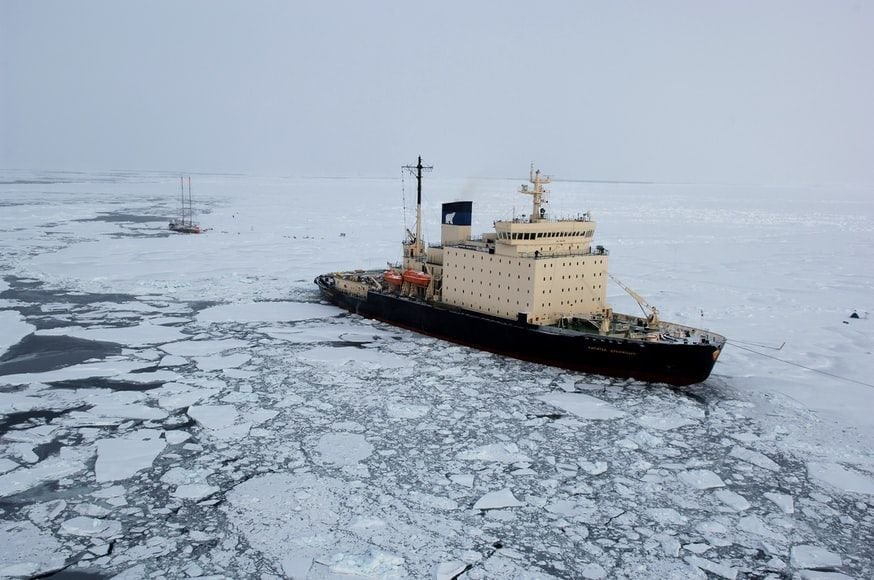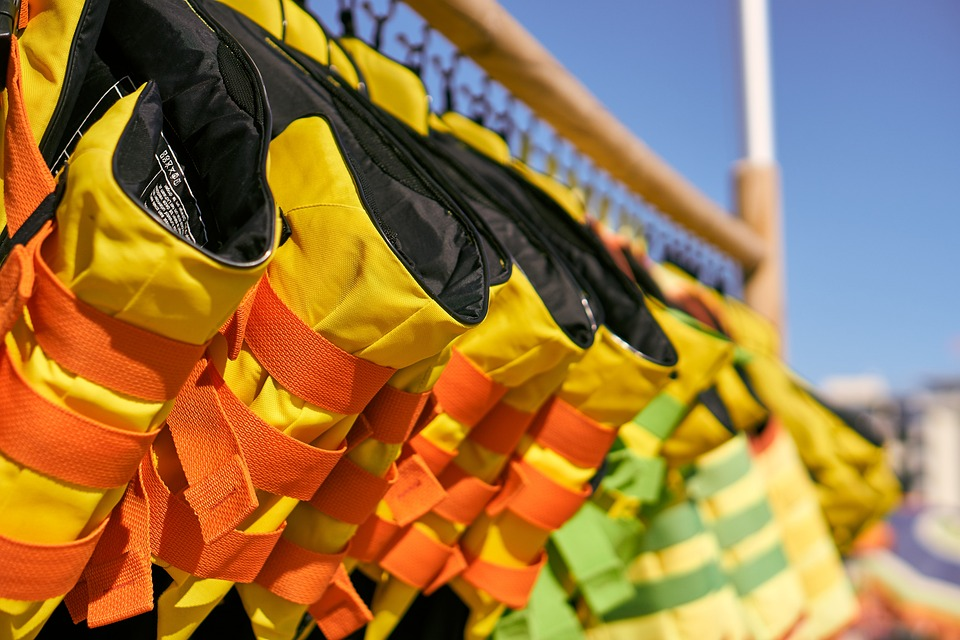As the name suggests, an icebreaker ship is a vessel that has been designed to...break ice. Specifically so that other vessels have a clear path through icy and frozen waters. This enables trade to keep moving and stops the global supply chain grinding to a halt.
That’s the short answer but if you would like to know more about icebreaker boats, how ice breaker vessels work and how they’re powered - and why they can break through ice but other cargo and container ships can’t, keep reading!
And if you’d like to know more about other types of ships, take a look at some of our other blog posts in this series which tell you everything you need to know about RoRo ships, feeder vessels, dredgers, lightships, heavy lift vessels, bulk carriers such as Panamax or Supramax vessels, chemical tankers, car carriers, gas carrier ships, crane vessels and cargo and container ships. But for now, let’s take a deep dive into icebreakers.
What is an icebreaker ship and how is it different to regular ships?
As we know, an icebreaker ship has been designed to clear a safe passage through icy, ice-covered and frozen waters for other vessels.
Read more: Everything You Need to Know About Tugboats
This enables trade routes to continue operating during the winter months and in harsh, permanently frozen conditions that other vessels would struggle to navigate.
And although vessels that predominantly operate in areas that are frozen most of, or all of, the year round are often strengthened to be able to cope with sailing in icy waters, they don’t normally have the power required to break the ice by themselves.
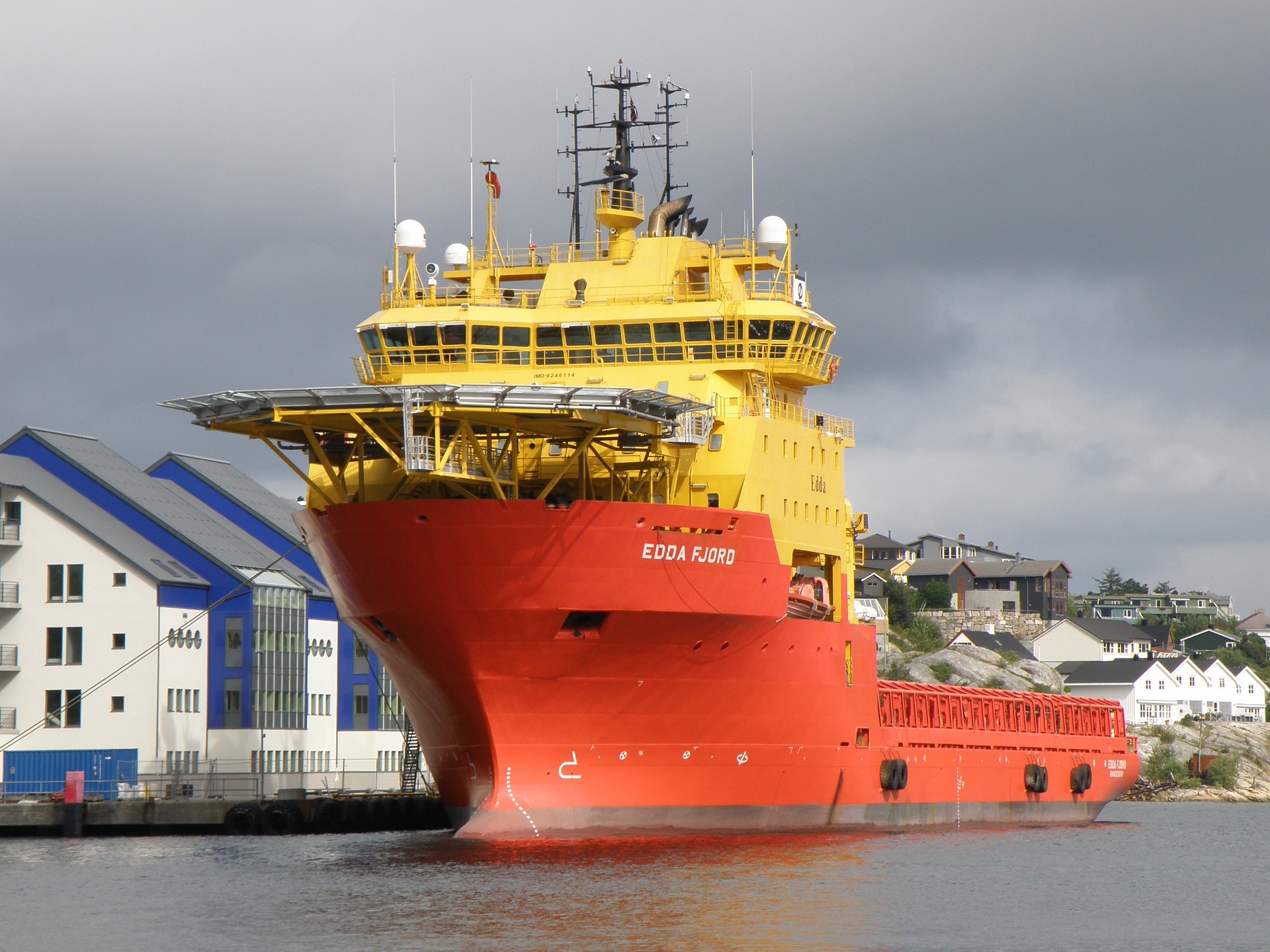
The only exception to this rule is the fireboat, some of which are occasionally employed to help cut through ice - when they’re not busy putting out fires, that is!
Read more: Everything You Need to Know About Mining Ships
This is why the icebreaker is needed to escort these other ships through, whether they're container ships, passenger ferries or Arctic cruise ships, and, should the need arise, even help to free a vessel that is unable to move any further due to being literally frozen into the ice. If this happens the icebreaker will be called upon to break the ice that has immobilized the stuck vessel.
So what makes an icebreaker boat so different from a normal container ship? For a start, it will have three characteristics that the majority of regular vessels don’t:
- The sheer power to push into, glide over, and break through ice
- A strengthened hull
- A specially designed hull which is a different shape to most other ships
This design of the hull is crucial in building an effective icebreaker. That’s because if the broken ice builds up around the front of the vessel, it will slow the ship down. (As opposed to the actual act of breaking the ice.)
Read more: Everything You Need to Know About Coaster Vessels
Therefore the hull needs to be designed and built so that broken ice is guided underneath or around the ship. For this reason, some icebreakers have a hull that is wider in the bow than in the stern, which creates a broader channel for the ice to pass through.

But it is not only speed that is a factor. The external parts of the vessel such as the propeller and propeller shafts could quite easily be damaged by the ice so the design of the hull is instrumental in clearing the ice away for safety purposes too.
What other jobs do icebreakers do?
Thanks to its unique and very specific hull design, icebreaker ships are not actually much use for carrying cargo because they are far less effective at coping with waves as normal vessels are. Due to their shape, they receive the full force of the waves head on, making controlling the ship very difficult.
Read more: Everything You Need to Know About Cable Laying Ships
Breaking ice for, and around, other vessels and occasionally towing ships that don’t have the power to propel themselves through ice-packed seas are their main function.
However, in recent times, offshore drilling and oil production operations have spread from North America to also include the Arctic, meaning the icebreaker boat’s job description has expanded and they are now also being used to manage and control the ice around oil platforms and drillships, as well as to transport equipment and other cargo to them.
In addition to this, a number of icebreaker ships are used in the Arctic and Antarctic to assist with scientific research.
Their icebreaking capabilities obviously make them ideal for this type of work, but the vessels in question also need to have suitable accommodation and facilities for the research team, in addition to their existing crew.
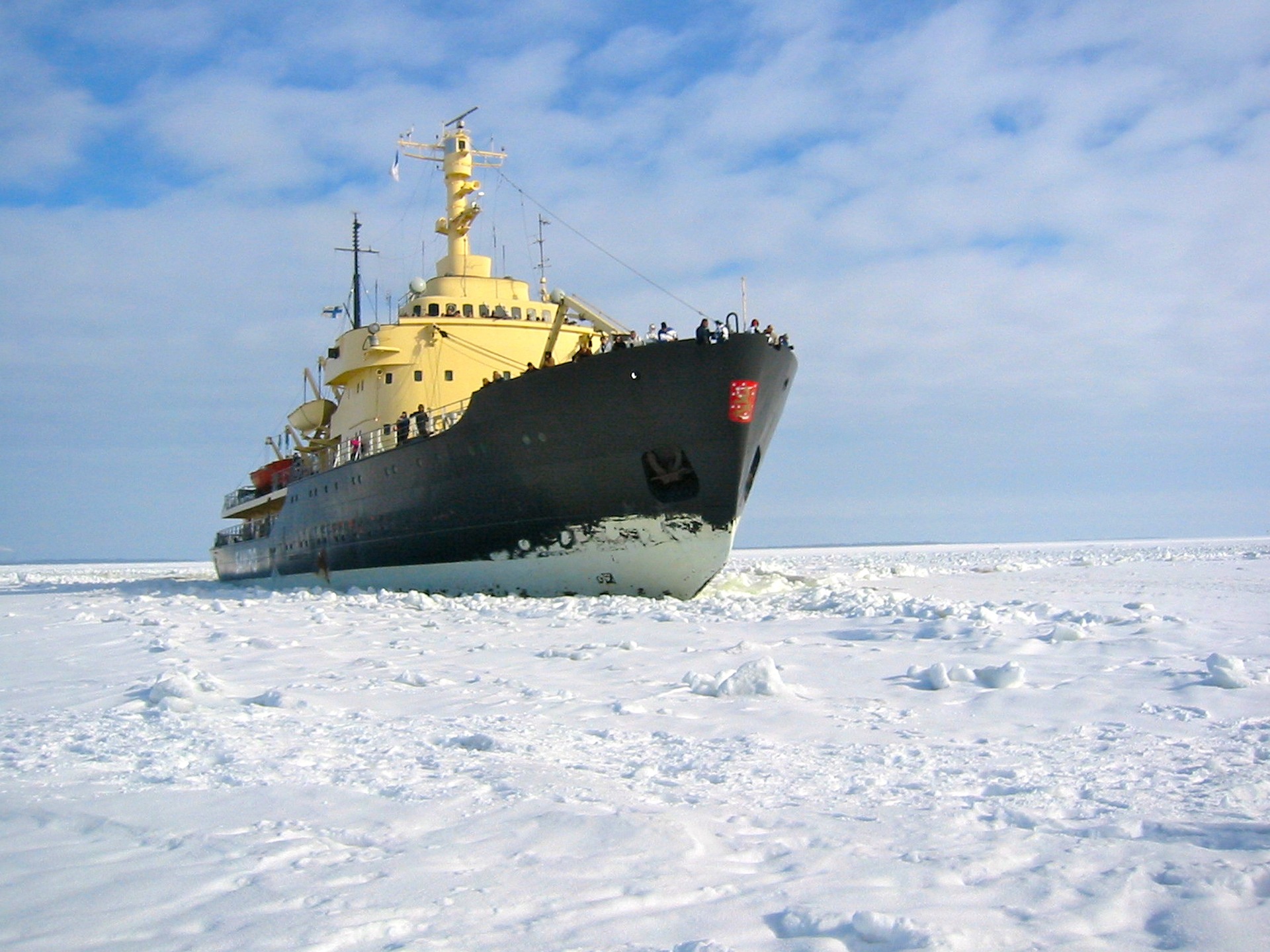
Read more: Everything You Need to Know About Offshore Vessels
The vessel also needs to have enough capacity to carry equipment and supplies to the research stations, and be able to handle open water well enough for a safe and efficient passage there and back.
How do icebreaker ships work?
For other types of vessels the hull needs to be pointed in order for it to be hydrodynamic and able to cut through water quickly and with as little friction as possible.
That’s not the case for the icebreaker which needs a thick hull and a rounded or sloping bow. This gives the vessel the strength and shape needed to ‘attack’ the ice.
Below the water line this rounded shape also helps to lift the vessel upwards in the event the surrounding ice is applying pressure to it.
This roundness also allows the icebreaker to glide smoothly over the ice, easily crushing it as it does so, with less friction than a regularly designed vessel.
In fact, it is a common misconception that icebreakers plough into the ice, breaking it as they go but this method is only actually employed in extremely thick ice.
Read more: Everything You Need to Know About Pilot Boats
When this happens, the icebreaker will slowly proceed, breaking the ice that lies before it, and, under extreme circumstances, it may have to reverse and take one or more 'run ups' to ram into the packed ice at full power.

A number of other features are used in the design of an icebreaker boat. One of the most notable of which is the double hull. This means that the vessel has a regular, albeit thickened and strengthened, hull and then a second, inner hull, which is normally a couple of feet inboard.
This helps to ensure that the vessel is watertight in the event that damage is sustained during the course of duty.
Read more: Everything You Need to Know About LNG & LPG Tankers
The hull will also be painted with polymer paint which further reduces friction as will the use of complementary systems such as air bubbling systems and water deluges to create a layer of lubrication between the hull and the ice.
What materials are icebreaker vessels made from?
Icebreaker ships are constructed from materials designed to withstand extreme conditions and heavy ice. Their hulls are made of high-strength steel, often with a special low-temperature tolerance to prevent brittleness in icy waters.
The hulls are reinforced with thick plating, especially at the bow. Internally, icebreakers are equipped with powerful engines, frequently diesel-electric or nuclear, providing the necessary force to navigate through thick ice.
Where do icebreaker boats operate?
Unsurprisingly, icebreakers mostly work in the Arctic Ocean and the Polar Regions (the areas that lie between the North or South Pole and the Arctic or Antarctic Circles.)

You will also find icebreaking activity in the Baltic Sea, in the Saint Lawrence Seaway (the system of channels, canals and locks in the United States and Canada that enables ships to travel between the Great Lakes and the Atlantic Ocean) and in the Northern Sea-Route which traces the Russian Arctic coast from the Kara Sea, along Siberia, through to the Bering Strait.
The history of icebreaker ships
It may seem that icebreakers are a modern invention but they really aren’t. In fact they’ve been pushing their way through ice flows since the 11th century when settlers on the shores of the Arctic and the White Sea in Northern Russia, began to develop small single or double-masted wooden ships.
PS, why not follow us on Facebook, LinkedIn and Twitter / X!?
Known as a koch, these vessels also utilized the rounded hull that we still see in today’s icebreakers. However, their hulls were made more robust and resistant, not by a double hull design and tough fabrication techniques, but by a flush skin-planking which ran along the waterline.
Fast forward almost to the 20th century and the maritime industry had evolved hugely, welcoming the first real ocean-going icebreaker, the Yermak. Built in England in 1897 for the Russian Navy, the Yermak was the first icebreaker to be able to effectively manage packed ice by running over and crushing it. Decommissioned and scrapped in 1963 and 1964 respectively, this made the vessel one of the world’s longest serving icebreaker ships.
How are icebreaker ships powered?
The days of the wooden koch were long gone and oar power was no longer a feasible option, so coal and oil eventually became the fuels of choice for icebreaker ships. In this modern era of shipping electricity and diesel are the norm, with nuclear power being the go-to fuel for a number of Russian-owned vessels.
The first diesel-electric icebreakers were designed back in the 1930s - the first being the Swedish vessel Ymer which was built in 1933.
These days we have seen the growth of nuclear powered icebreakers. This could be due to the costs involved in ice breaking - a good deal of power, and therefore fuel, is needed. Icebreakers that run on nuclear power use less fuel and don’t need to refuel.
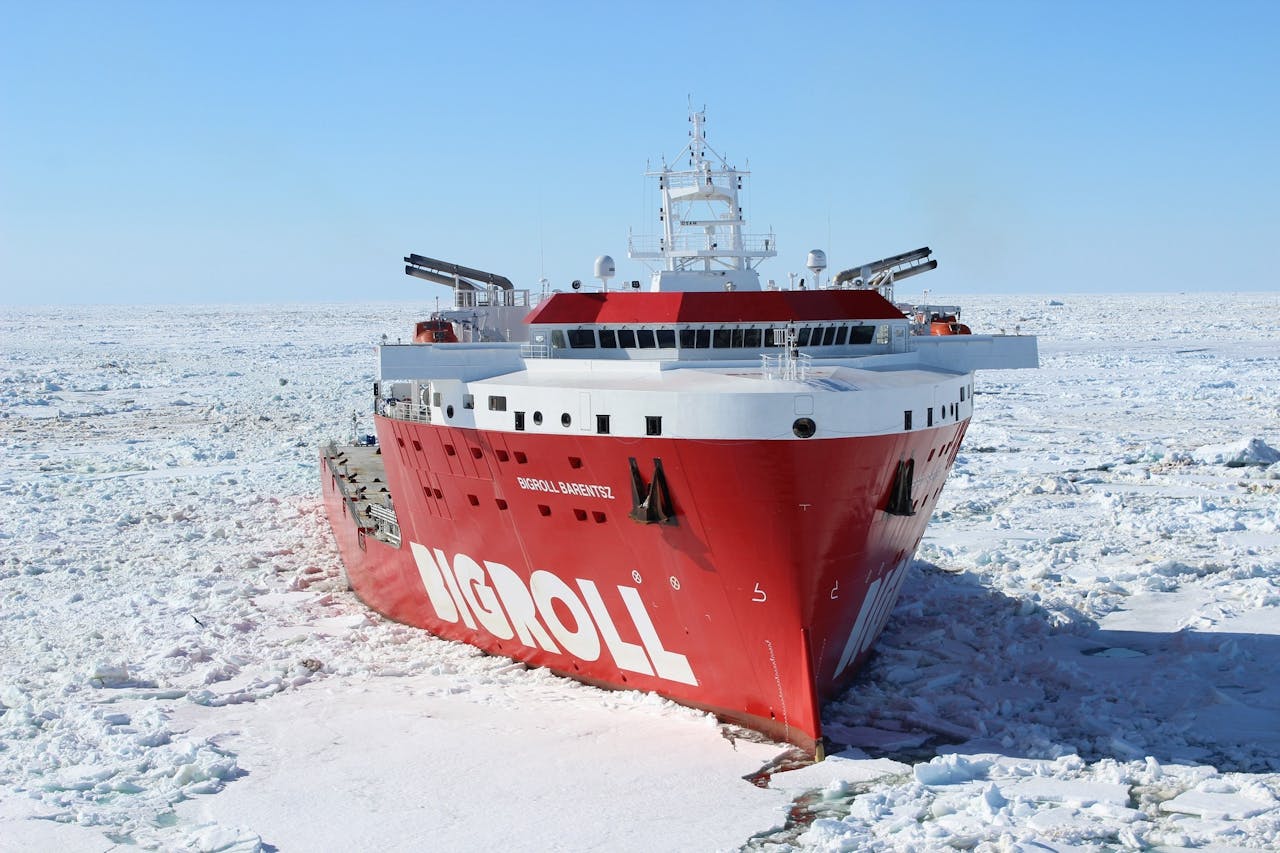
What are nuclear icebreaker vessels?
Nuclear icebreaker ships are specialized vessels powered by nuclear reactors, designed to navigate and break through thick ice in polar regions.
Unlike conventional icebreakers that rely on diesel engines, nuclear icebreakers use the immense energy produced by nuclear fission to generate steam, which then drives turbines connected to the ship's propellers. This process provides a continuous and powerful energy supply, allowing these vessels to operate for extended periods without refueling.
Aside from the aforementioned refueling benefits, the primary advantage of nuclear icebreakers is their ability to maintain high power output, enabling them to break through ice up to several meters thick. They are particularly effective in the Arctic and Antarctic, where ice conditions can be severe.
Nuclear icebreakers also offer greater operational range and endurance compared to their diesel counterparts, making them invaluable for long-term scientific missions, commercial shipping routes, and maintaining navigable passages in frozen waters.

Prominent examples include Russia's Arktika-class icebreakers, which have set benchmarks for polar exploration and navigation.
What are some famous icebreaker ships?
Some notable icebreaker ships include:
Arktika: The Soviet-built Arktika was the first surface ship to reach the North Pole in 1977. This nuclear-powered vessel set the standard for modern icebreakers and continues to operate under the Russian flag.
USCGC Healy: Operated by the United States Coast Guard, Healy is the largest and most technologically advanced icebreaker in the U.S. fleet. It plays a crucial role in Arctic research and logistics.
Xue Long (Snow Dragon): This Chinese icebreaker has been pivotal in China’s Antarctic and Arctic expeditions. It gained attention for its role in rescuing passengers from a stranded Russian ship in Antarctica in 2014.
FSV Polarstern: A German icebreaker known for its extensive scientific missions, Polarstern has conducted numerous Arctic and Antarctic expeditions, contributing significantly to climate and polar research.
Icebreaker ships: Conclusion
The icebreaker might not be in the public eye as much as container ships, fishing vessels or oil tankers but it certainly has an important role to play in helping global trade move smoothly and consistently.
Interested in reading about more vessels? We have more articles for you to read…
Read the previous article in this series: Everything You Need to Know About Feeder Vessels
Read the next article in this series: Everything You Need to Know About Lightships
This post was originally published on the 18th November 2021 and updated on the 24th September 2024.

Eve Church
Eve is Martide's content writer, publishing regular posts on everything from our maritime recruitment and crew planning software to life at sea. Eve has been writing professionally for more than two decades, crafting everything from SEO-focused blog posts and website landing pages to magazine articles and corporate whitepapers.
UK
